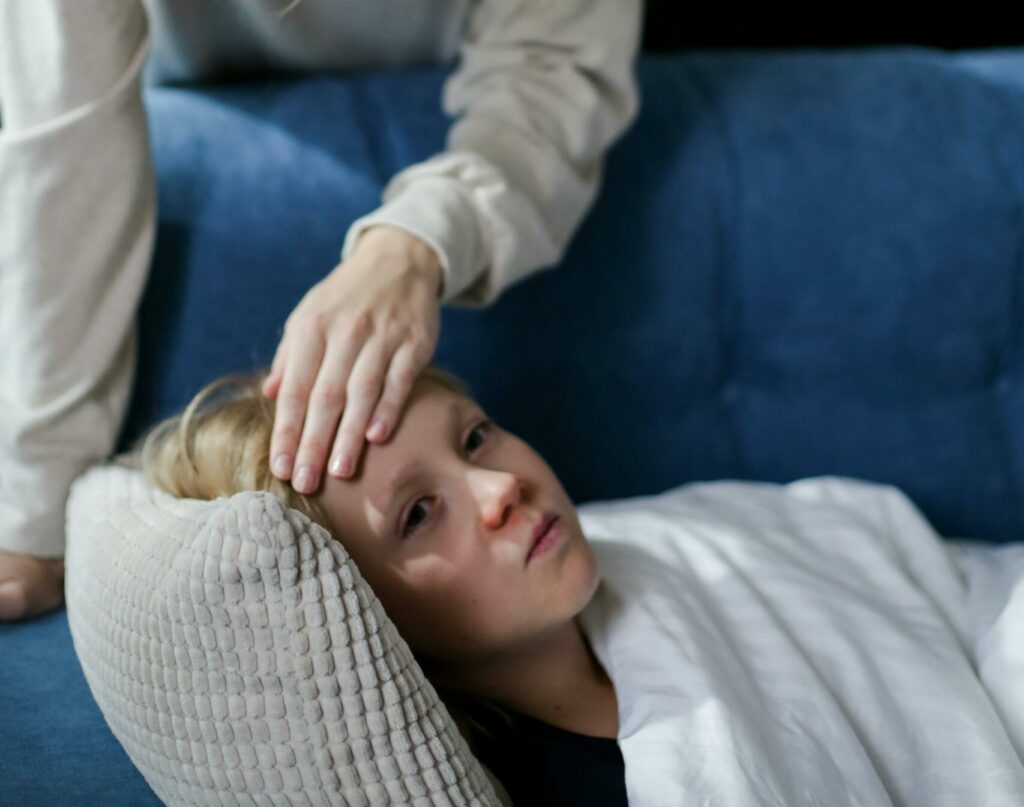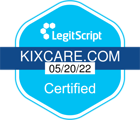Written by: Lindsay Peltsch RN, BScN
Contributions from: Sadie Katz

Attention Deficit Hyperactivity Disorder (ADHD) is one of the most common neurodevelopmental disorders in children. Increased awareness has led to many children being diagnosed that may not have been in generations past. While the classic symptoms of hyperactivity, impulsivity, and inattention are widely recognized, there remains many “hidden” symptoms in children that can lead to the delay of, or complete lack of diagnosis. In this blog, we will explore three invisible signs of ADHD in children: Emotional Dysregulation, Executive Dysfunction, and interest-based Hyperfixation. You’ll see that they are not as hidden as you may think, and hopefully provide some insight into your child’s brain, and the often misunderstood aspects of ADHD.
1. Riding the Rollercoaster: Emotional Dysregulation
Many people with ADHD struggle with self regulation – their nervous system overreacts in extreme ways to different stimuli, and it can cause their mood to change…and fast. While the typical picture of ADHD includes visible hyperactivity, in reality, only 25% of children with ADHD are visibly hyperactive. So what about the rest? For the vast majority, most of their hyperactivity happens internally. Your child may seem tightly wound, overly nervous, have anxiety, and/or difficulty sleeping. You may notice they get bored easily, are always daydreaming, chewing their pencils, picking at scabs, or chewing nails. Keeping this hyperactive energy bottled inside can be torture for a person. Over time, a child’s self esteem can be negatively affected.
It’s important to remember that your child’s sudden mood swings have a definite trigger (even if you have to dig around to find it) and they tend to match a neurotypical response, except that they are WAY more intense. The moods also generally pass. An example of this is rejection sensitive dysphoria. This is when children receive real or perceived negative feedback, rejection, teasing, or have let someone down (even themselves!), and their overactive nervous system creates what a neurotypical person would consider to be a disproportionately extreme response. You may feel your child is hypersensitive or over-reactive, but they actually feel these intense emotions on a different level on a daily basis. When a child externalizes these big feelings, you may see them lash out suddenly in a rage. However, when a child is internalizing these negative emotions, it may be less obvious to parents. They may develop negative self esteem or engage in negative self talk. They may appear to have anxiety, to be a people pleaser, or struggle to make or maintain friendships. They may even OVERachieve, over-organize, over-prepare, and over-work themselves as they fear letting someone down.

KixTips:
Avoid putting too much pressure on your child to succeed in school, sports, etc. Let them know that they are doing the best they can and that is all that matters.
Encourage your child to reflect and communicate their emotions and re-evaluate the appropriateness of their reactions instead of punishing them for “lashing out.”
2. Executive Dysfunction: Where to Start?
Executive dysfunction in children with ADHD refers to difficulties in the parts of the brain responsible for planning, organizing, initiating tasks, prioritizing, and sustaining attention. Children with ADHD may struggle to start or finish tasks, manage their time effectively, or keep their belongings organized. You may notice that they blurt out answers impulsively, or are excessively talkative. Your child may have a chronically messy desk or bedroom or be overwhelmed when you ask them to start a task that is more than a few steps in length. To help your child with executive functioning…

Encourage your child to use a calendar and create checklists for everyday tasks such as chores! Practice this habit as a family by planning out the week ahead on paper and putting it up where your child will see it. Additionally, routine physical exercise has been shown to improve cognitive function and attention for those with ADHD. Encourage regular exercise to help reduce impulsivity and hyperactivity, and improve your child’s mood. Try signing your child up for recreational sports!
3. Keeping their Eyes on the Prize…. So Long As It Is Interesting.
The very name of the disorder is a bit of a misnomer – there is not a deficit of attention. Instead, it is that their attention is inconsistent. While certainly many children with ADHD have trouble paying attention, what you may notice is that if your child is interested in the subject or task, they become laser focused on it. Your usually distracted child can spend hours hyper-focused on their newest interest, often to the exclusion of all other things, and people, generally losing track of time. While neurotypical people may be motivated by a deadline (school assignment in the future) or by an item’s priority. For children with ADHD, they are differently motivated. Novelty, passing interest, rewards, competition, or urgency (my project is due tomorrow morning and I haven’t started!) are the things that tend to get them going.

KixTips:
Continue to praise accomplishments and support your child’s newest passions!
It may also help to set ‘fake’ deadlines for homework to foster that motivational sense of urgency.
Please remember that it is normal for your child to explore different strategies to manage their emotions, complete tasks, and discover what lights that motivational fire beneath them. It may be a tricky journey to find what works best for them, but we are here to help. Our KixCare team offers 24/7 access to pediatric psychoeducators & psychometricians to help you and your child manage and take control of their ADHD superpowers.

If you are interested in speaking to a specialist, our Kix360 subscription allows you to text an experienced pediatric nurse 24/7 on demand.
Want more great content like this?



